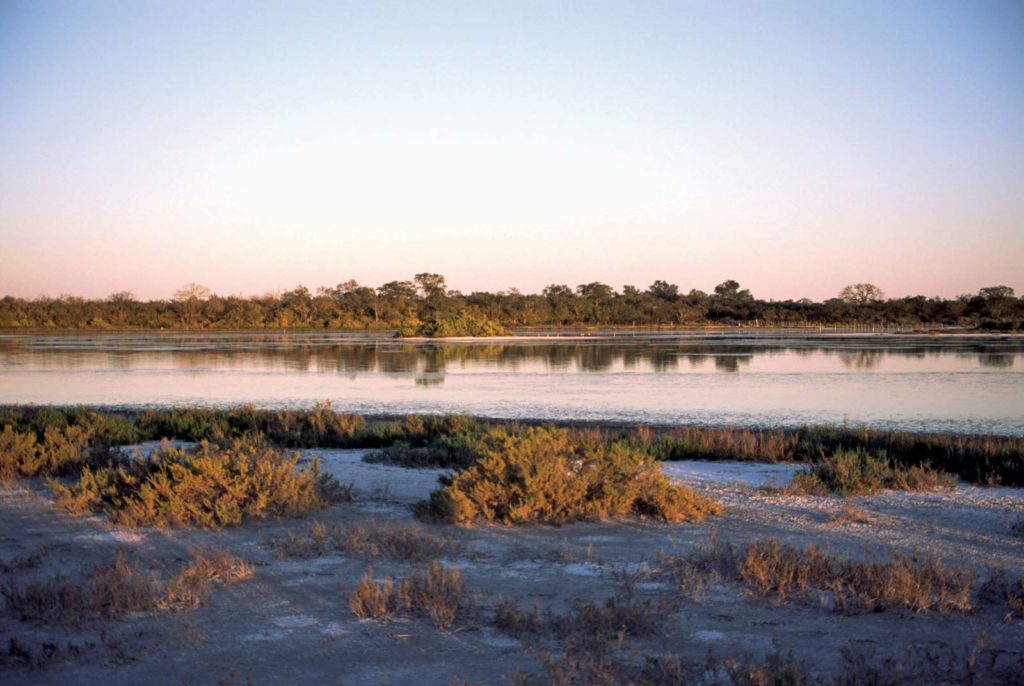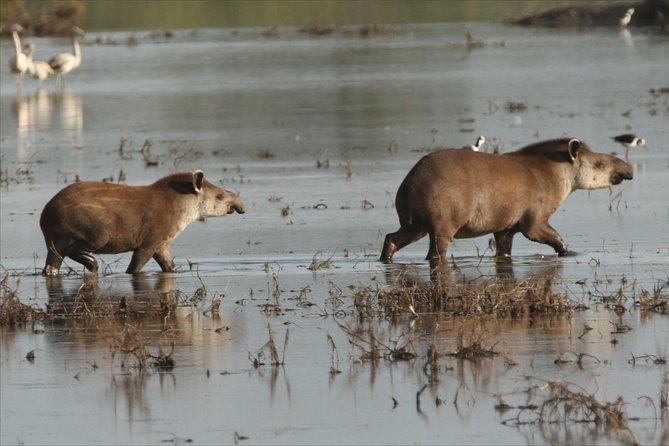While Asuncion and eastern Paraguay provides plenty of modern cities and conveniences, the area known as Chaco in Paraguay is rich in environmental resources, indigenous culture and agriculture. Chaco in Paraguay is part of a larger scrubland region of South America known as “Gran Chaco”. Gran Chaco is the largest dry forest in South America and is a direct corollary to the Amazon Rainforest.
Chaco in Paraguay is huge- in fact, it covers nearly 60% of the country mostly to the west and north. A little over 10% of Paraguayans live in Chaco. Most of these are farmers and cattle herders, though about 30% are indigenous natives who still practice the way of life they’ve lived for thousands of years.
Paraguay’s Chaco is protected by The Nature Conservatory, who works annually to protect the scrublands, savannas and wet marshes that dominate the Chaco lands. Paraguay’s Chaco has two key wildlife reserves: Medanos National Park and Defensores del Chaco National Park. Both contain mammals and plant species that many tourists travel across the world to see.

For the ecotourist, Chaco provides an opportunity to see some very rare wildlife. Chaco’s northernmost district, home to the Defensores del Chaco National Park, is called Alto Paraguay. Alto Paraguay is home to jaguars, puma, tapir, tagua, giant anteater and the night monkey. The large region is also home to over 500 species of native birds. For the bird watching tourist, Alto Paraguay in Chaco is an once-in-a-lifetime chance to spot rare avian species. The tourist can access Defensores del Chaco National Park via Route Route 9.
The Boquerón district in Chaco is home to Russian Mennonite communities. There’s about 45,000 Paraguayans living in Boquerón, mostly near the Russian Mennonite communities of Fernheim, Menno and Filadelfia. The agricultural farmers in this area produce cattle meat and milk for most of Paraguay, owing their success to the Mennonite communities. The Mennonite communities are open to visitors and are a good way to visit local indigenous populations that share relationships with them.

Presidente Hayes is a department in southern Chaco that attracts many tourists and trades heavily with Argentina. The region has the Tinfunqué National Park, another spot to see rare species. Several other Mennonite communities are located in this region as well, and the Parque Trebol provides a safe campground for travelers who want to truly “get away” from it all.
Traveling to Chaco in Paraguay can be accomplished a few ways. Flying into Asuncion, a traveler can drive up Route 9 to access almost all parts of the Chaco region. Route 12 is another road to the western part of Chaco, but it is not well-paved and sometimes impossible to drive during the rainy season. Most parts of Chaco in Paraguay are between 4-6 hour drive from Asuncion.
The Chaco region is Paraguay’s last untouched natural forest with hundreds of rare sights for the ecotourist. Easily accessible, Chaco is a great 3-4 day getaway for the Paraguayan traveler. Few places in the world exist where you can experience nature in its raw beauty like you can in Chaco.

